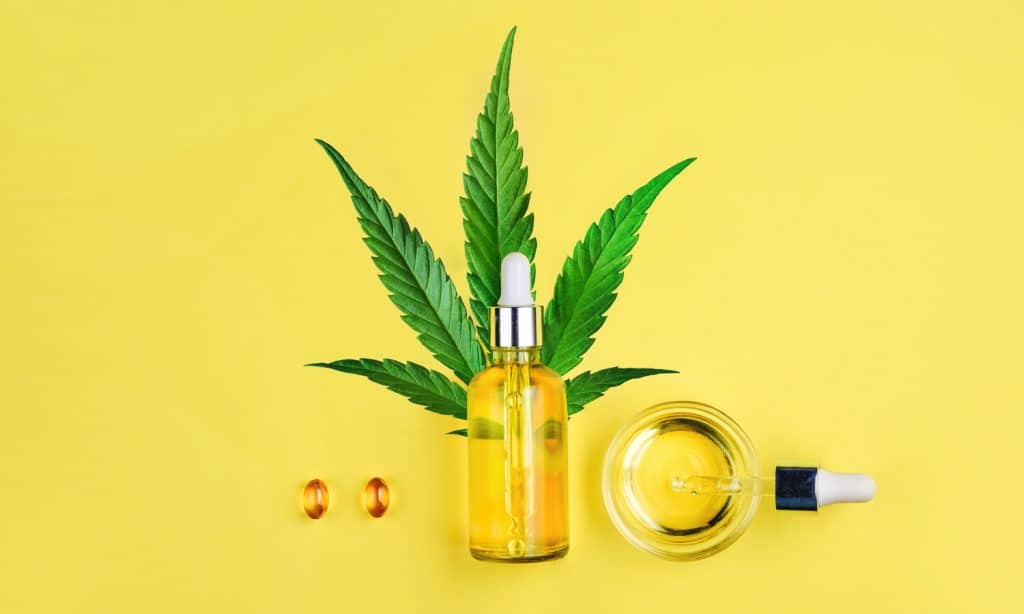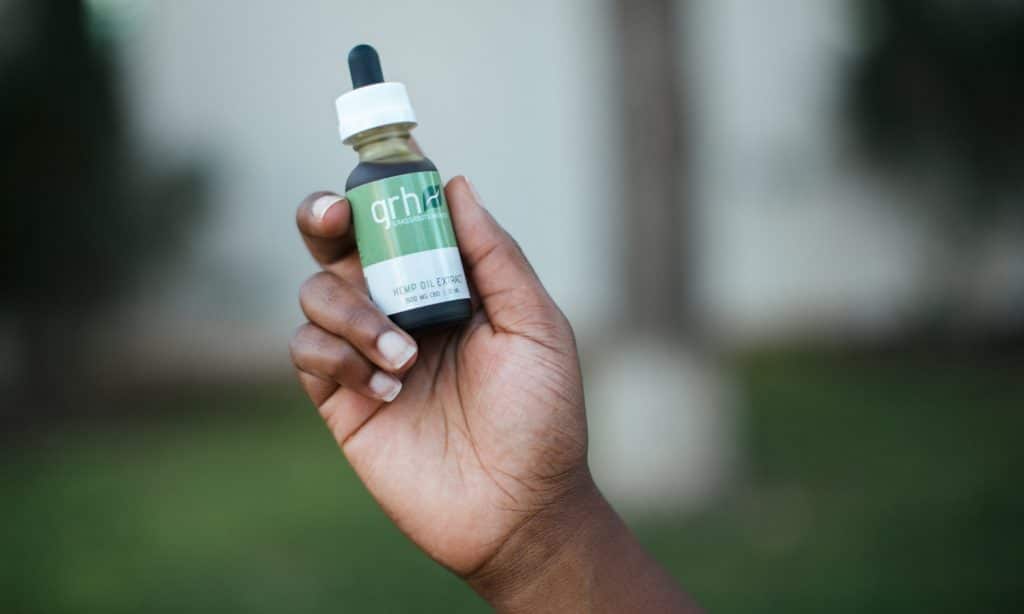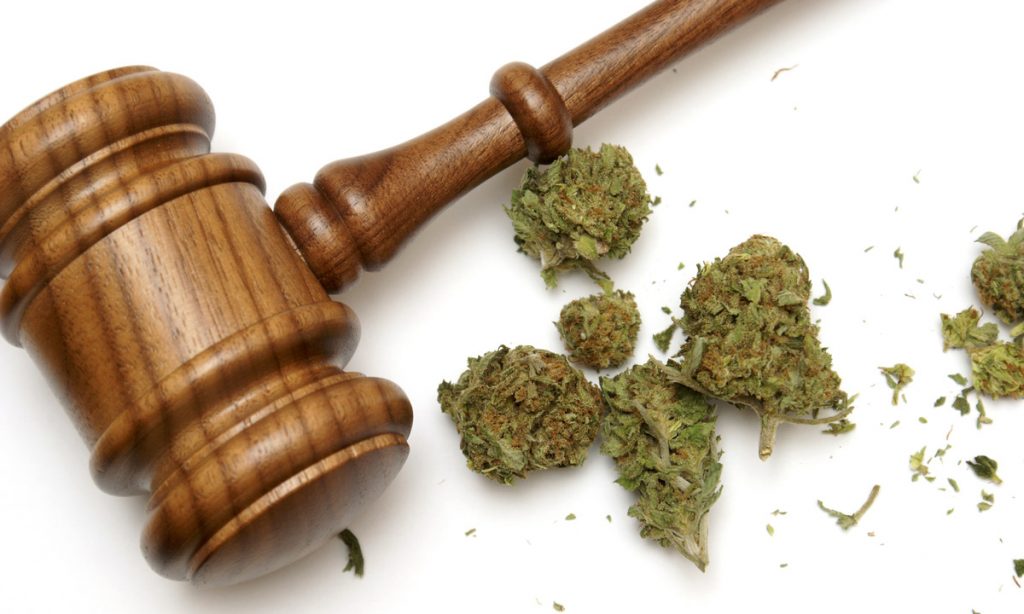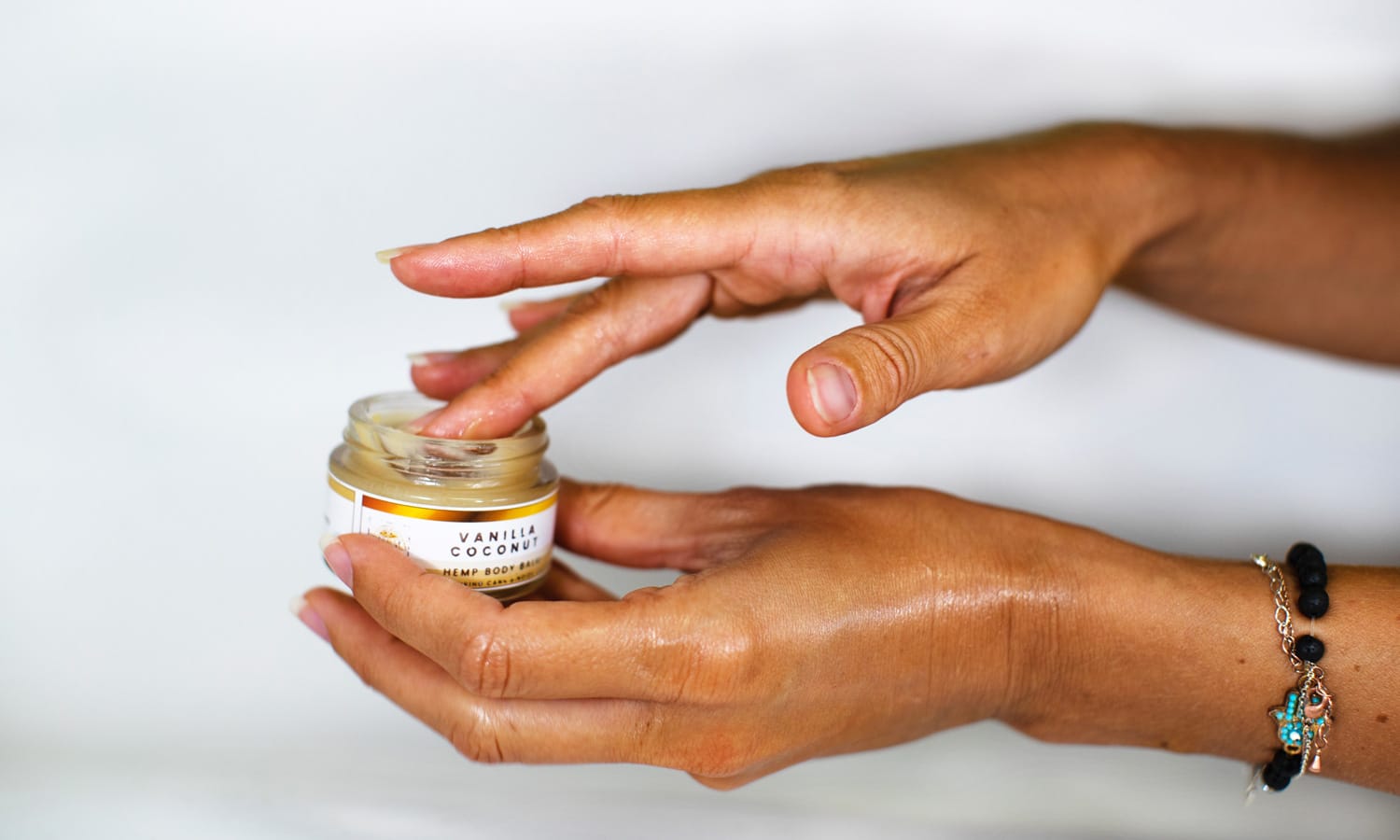One of the first red flags of fake CBD products is a label that’s vague or doesn’t state where the CBD oil was sourced.
For every article about the wonders of CBD, there’s a contradictory one discussing the crazy amounts of fake CBD in circulation. 2019 was a great year to be a CBD enthusiast, but also a stressful one. You have to be smart if you want to avoid getting ripped off when buying CBD.
RELATED: How To Use CBD For A Better Night’s Sleep
Reading product labels is often confusing, overly technical and filled with materials no one understands. Add to the mix the fact CBD is still in FDA limbo, and you need a list like this to point you in the right direction. Here are 5 things to check when reading a CBD label.
Make sure there’s CBD in your product
First thing’s first: make sure there’s actually CBD in your CBD product. Today’s CBD landscape is filled with products that claim to contain CBD while really containing just hemp oil, or lie about the amount of CBD they contain. Look for either CBD or cannabidiol and be wary of products containing hemp seeds, cannabis sativa, hemp seed oil, etc. Although these ingredients sound weedy, they’re not the same thing as CBD.

Check the dosage
A good CBD label should state the amount of CBD milligrams it contains, the serving size, the milligrams per serving and the number of servings.
Keep an eye out for COA
COAs guarantee the product you’re looking at has been tested by a third party facility that has no relationship to the maker. Their results are unbiased and thus trust worthy. Reputable companies should feature this information on their labels, which should come in the shape of a bar code and should be easily accessed via smartphone. If this isn’t the case, the COA should appear on the product’s website.
RELATED: 5 Uses For Hemp Besides CBD Oil

Look for the CBD oil source
One of the first red flags of fake CBD products is a label that’s vague or doesn’t state where the CBD oil was sourced. CBD can be sourced from cannabis plants or industrial hemp, and most quality products tend to be “full spectrum,” “broad spectrum,” or “CBD isolate.”
Know your cannabis state laws
This is important since CBD label requirements vary by state, with the best labels being from products sold in areas where marijuana is legal. If you’re purchasing a product from out of a legal state, these packages should at least imitate how regulated products look.
RELATED: 5 Of The Most Popular Ways To Take CBD



